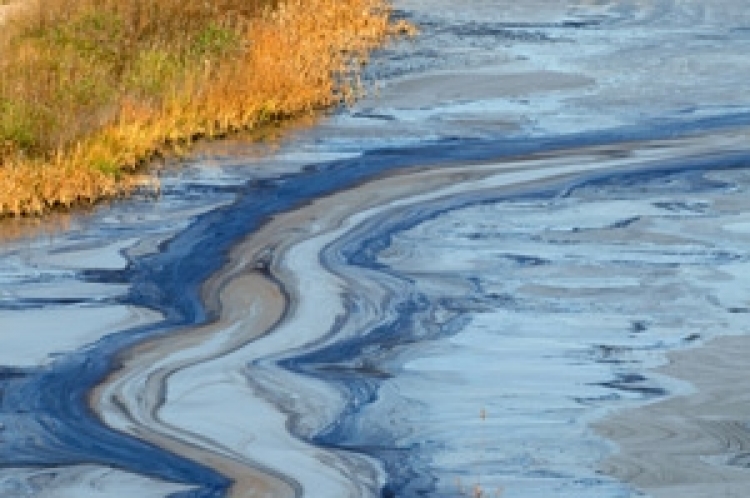Rise in demand for environmental cover across Europe as costs grow

Buyers of environmental impairment liability (EIL) insurance across Europe need to pay close attention to the changes in the environmental regulatory landscape to ensure they have adequate cover in place to meet the subsequent rise in environmental liabilities. Cliff Warman of Marsh explains.
The implementation of the Environmental Liability Directive (ELD), for example, has imposed additional liabilities for environmental damage on many companies operating within the EU, as it requires them to not only prevent, but also to remedy, any significant environmental damage that has been caused. An increase in the environmental regulations in many countries has led to a rise in EIL insurance being sought to cover the potential environmental liabilities.
Today, most companies also have a far greater understanding of the gaps in cover for pollution within their traditional types of insurance, largely due to a number of high-profile losses and significant claims. Consequently, companies have sought higher limits and additional cover from EIL insurance policies to protect against these types of exposures.
“Polluter pays”
Many different regulatory regimes are now in place to ensure that the ‘polluter pays’ principle is upheld, which can include requirements to prevent environmental damage from occurring and, where damage has already been caused, to ensure that the environment is effectively restored.
The regulators often require that the prevention of significant environmental damage is proactively undertaken, and a company’s ability to maintain its permit to operate may be predicated on an assessment of the potential impacts that its operations may have on the environment and the setting of a baseline of environmental quality.
Indeed, the environmental regulators have shown an increasing willingness to impose strict liabilities on companies that have caused significant environmental damage, and this could potentially result in substantial costs to ensure restoration of the environment back to the baseline condition.
Limits are on the up
The buying patterns of those mid-sized companies purchasing EIL cover have changed with the introduction of new regulations, with a general marked increase in the average limits of indemnity being sought between 2011 and 2015. Companies have continued to seek to buy higher limits of EIL insurance on the steady upward trend that has taken place since 2011, during which time they have risen from an average of €6.9 million to a little under €7.9 million (peaking at nearly €8.4 million in 2014).
Policy premiums for environmental insurance for operational risk policies have also increased slightly since 2011, and this is reflective of the increase in the limits being sought and the additional cover being provided to align with the increased regulation. Premium rates for environmental insurance have historically been higher than during this period, however, and where multi-year environmental policies are being renewed in the current market, premium reductions have, in many cases, been achieved.
Cost of claims on the rise
Of course, ELD requirements that operators take appropriate steps to prevent, and immediately notify the authorities of any environmental damage that results from their operations has led to an increase in the scope for, and cost of, possible claims, as well as potential lawsuits for a failure to act. As a result, the cost of claims has also been steadily increasing.
That the number of companies purchasing environmental impairment liability cover across Europe has risen steadily over the past five years is welcome news and demonstrates that organisations are taking appropriate steps to mitigate the subsequent increase in their environmental liabilities. This makes them better placed to respond to the obligations set out in the regulations and respond accordingly in the event of an incident taking place.
Cliff Warman is environmental practice leader EMEA at Marsh.
